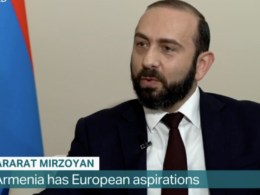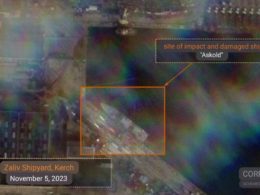Russian forces captured approximately 68 square miles (about 176 square kilometers) of Ukrainian territory in April, according to Forbes, citing data from official Ukrainian sources, including Kyiv's general staff. However, this modest territorial gain came at a steep cost: over 36,600 casualties and the loss of 4,800 vehicles.
For context, Ukraine covers 233,000 square miles (about 603,000 square kilometers), with roughly 19% currently under Russian control. At this pace, Russia would need until the year 2256 to occupy the rest of the country, at the cost of 101 million troops, nearly equivalent to its entire population of 144 million.
“Incredibly, staggering losses in people and equipment haven’t yet crippled the Russian military in Ukraine,” writes Forbes war correspondent David Axe.
To keep units operational, the Kremlin has increasingly relied on civilian vehicles—ranging from scooters and compact cars to at least one bus—to fill the gaps.
Putin doubles down on war
Despite the attrition, Russia continues to replenish its forces. Gen. Christopher Cavoli, commander of US Army forces in Europe, reports Russia recruits 30,000 new troops each month. Its troop presence in Ukraine has grown to about 600,000—the highest level since the invasion began in February 2022, nearly double the original force's size. Many wounded soldiers eventually return to the front, allowing recruitment to outpace losses.
According to Janis Kluge of the German Institute for International and Security Affairs, this recruitment drive is fueled by generous sign-on bonuses and widespread speculation that the war may soon end.
To sustain the war effort, Russia has allocated 40% of its government spending to defense—more than triple the 13% the United States devotes to its military.
Despite economic headwinds from falling oil prices and Ukrainian drone attacks, the Kremlin remains committed to a prolonged and potentially expanding conflict. War spending has bolstered public support, even as total Russian casualties surpassed 800,000 earlier this year.
Losing much to gain little, Russian leaders are sustaining this costly campaign through massive state investment, walking a delicate economic and political tightrope.
“The Russian regime has refashioned its military, economic, and social structures to sustain what it describes as a long-term confrontation with the West,” warned Gen. Cavoli. “Systemic changes that illustrate Russia’s intention to confront us into the foreseeable future.”





